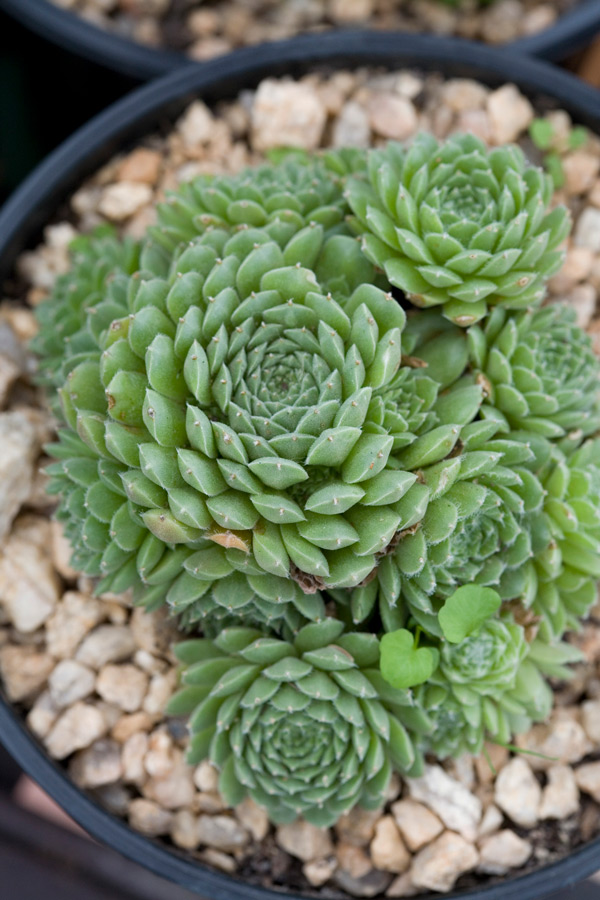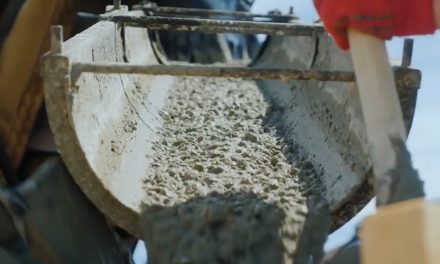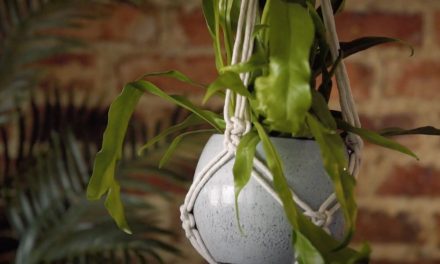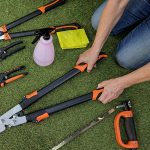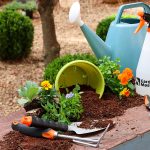Perfect Little Rosettes Sempervivums
Winter is succulent season, a time when many of them bloom and their foliage turns into vibrant winter shades because of the dry conditions and colder temperatures.
Origins
Sempervivums are amongst the most attractive of all the small succulents grown today. They are commonly called houseleeks, alluding to the fact that they have been grown in Europe on roofs, walls and other structures since ancient times. They were planted on roofs to ward off evil spirits and the leaves were used fresh for infusions, poultices and tinctures. Houseleeks are easy to grow and survive for long periods with little water, often growing in very shallow soil, which makes them excellent subjects for small containers and other planting receptacles. They grow as low, mat-forming succulents with parent rosettes continually forming many offsets. This interesting growth habit gives rise to yet another common name – hen and chicks. Each individual rosette dies after flowering, leaving the ‘chicks’ to serve as the next generation. Strangely, houseleeks are seldom seen flowering in local growing conditions and yet are extremely floriferous in Europe. Sempervivums grow best in well-drained gritty or stony soils in a warm, sunny position. Keep them relatively dry – they can go without water for long periods. Regular light applications of a water-soluble fertiliser keep them in peak condition. Propagate by means of offsets transplanted in spring or seeds sown in autumn.The genus has over 40 different species but the most commonly cultivated is Sempervivum tectorum, which has numerous different cultivars and hybrids with an array of different leaf colours and shapes. Another popular species is the strange-looking cobweb houseleek, which has white threads covering the leaves. The botanical name is Sempervivum arachnoideum, referring to the spiderweb-like appearance. Over 1000 named hybrids are cultivated in horticulture, making houseleeks highly collectible succulents.
Some of these companions are annuals, other are perennial. Some are grown for flowers whilst others are used predominantly for their colourful or contrasting foliage. Make your own choices based on the overall impact and effect that you desire. In many instances it’s more effective to use just a single plant for under-planting, especially in more formal gardens. Conversely, cottage or country-style gardens combine roses with a colourful array of different flowers. Here are but a few plants to consider from the huge range available to local gardeners.
